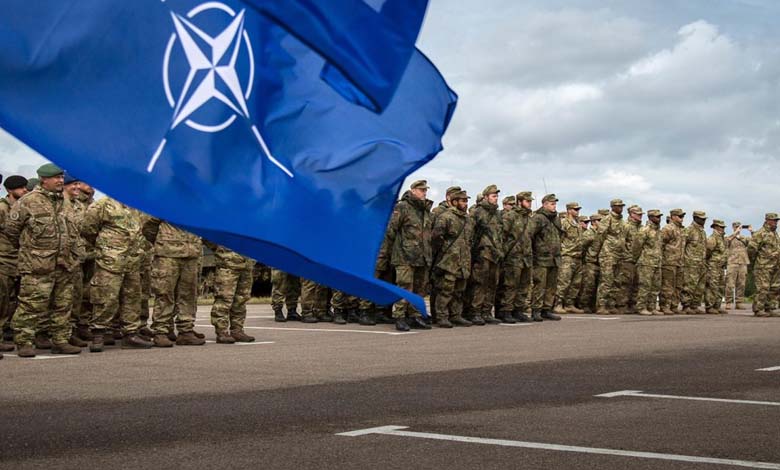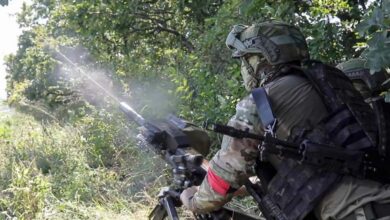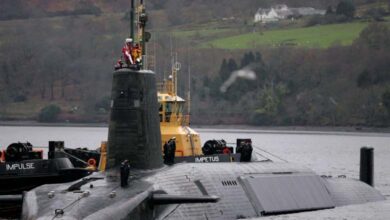Via Baltica: A New Artery Strengthening NATO’s Military Capacity in Eastern Europe

In the heart of Europe’s eastern front, where military tension meets geopolitical maneuvering, the reopening of the “Via Baltica” road has revitalized one of NATO’s most sensitive zones: the “Suwalki Gap,” often described by military leaders as the Alliance’s “Achilles’ heel.”
Stretching roughly 40 miles along the border between Poland and Lithuania, this narrow corridor separates Russia’s Kaliningrad enclave to the west from Belarus to the east. It forms the only land link connecting the Baltic states—Estonia, Latvia, and Lithuania—to their NATO allies to the south.
According to The Times, this strip of land is viewed by Western analysts as the most fragile point in NATO’s defense system. Any outbreak of conflict here could alter the entire balance of power across Northern Europe.
The Via Baltica Road
At an official ceremony attended by Polish President Karol Nawrocki and Lithuanian President Gitanas Nausėda, the “Via Baltica” was inaugurated. The road represents an upgrade to the international transport corridor E67, which runs from Prague in the Czech Republic to Helsinki in Finland.
The new four-lane, 965-kilometer route links Warsaw to Tallinn via Lithuania and Latvia, making it a vital artery for both civilian and military transport.
The Suwalki Gap: A Strategic Pressure Point
The Suwalki Gap has long been a historical flashpoint between Russia on one side and Poland and Lithuania on the other, particularly since the latter two nations joined NATO.
Since the onset of Russia’s military campaign in Ukraine in 2022, Western fears have grown over the possibility of a swift Russian maneuver through Belarus to link its territory with Kaliningrad. Such a move could effectively cut off the Baltic states from Western reinforcements and supplies within hours.
European security experts warn that Russian control of this corridor could “split NATO in two,” especially given Kaliningrad’s heavy militarization—it hosts the Baltic Fleet, Iskander ballistic missiles, advanced S-400 air defense systems, and approximately 18,000 troops.
Strengthening Deterrence
Alongside the new road, the “Rail Baltica” project is underway—a modern railway network connecting Poland to Finland through the Baltic states. Expected to be completed by 2030, it aims to ensure the rapid movement of troops and heavy equipment between NATO bases in Central and Northern Europe.
The Alliance has also announced plans to permanently station 5,000 German troops in Lithuania by 2027, a move Berlin described as a “strategic turning point” in defending NATO’s eastern flank.
Meanwhile, the Baltic states are tightening their security measures. Lithuania has announced plans to plant defensive mines along its borders with Kaliningrad and Belarus, while Poland, Latvia, Estonia, and Finland are reconsidering their adherence to the 1997 Ottawa Treaty banning landmines—an unmistakable sign of rising security concerns in the region.
Russian Military Drills
In September, Russian and Belarusian forces held large-scale exercises dubbed “Zapad 2025,” simulating potential conflict scenarios with NATO. Warsaw responded by closing its border with Belarus, while Latvia and Lithuania shut down airspace near their frontiers to prevent any unexpected escalation.
Analysts note that these reciprocal maneuvers reveal how the Suwalki Gap has evolved into a strategic testing ground for both NATO and Russia, gauging each side’s readiness for a potential confrontation in the heart of Europe.
The real challenge for NATO lies in ensuring that these routes remain operational and secure in times of crisis, supported by robust logistical supply lines and effective air defense coverage.












